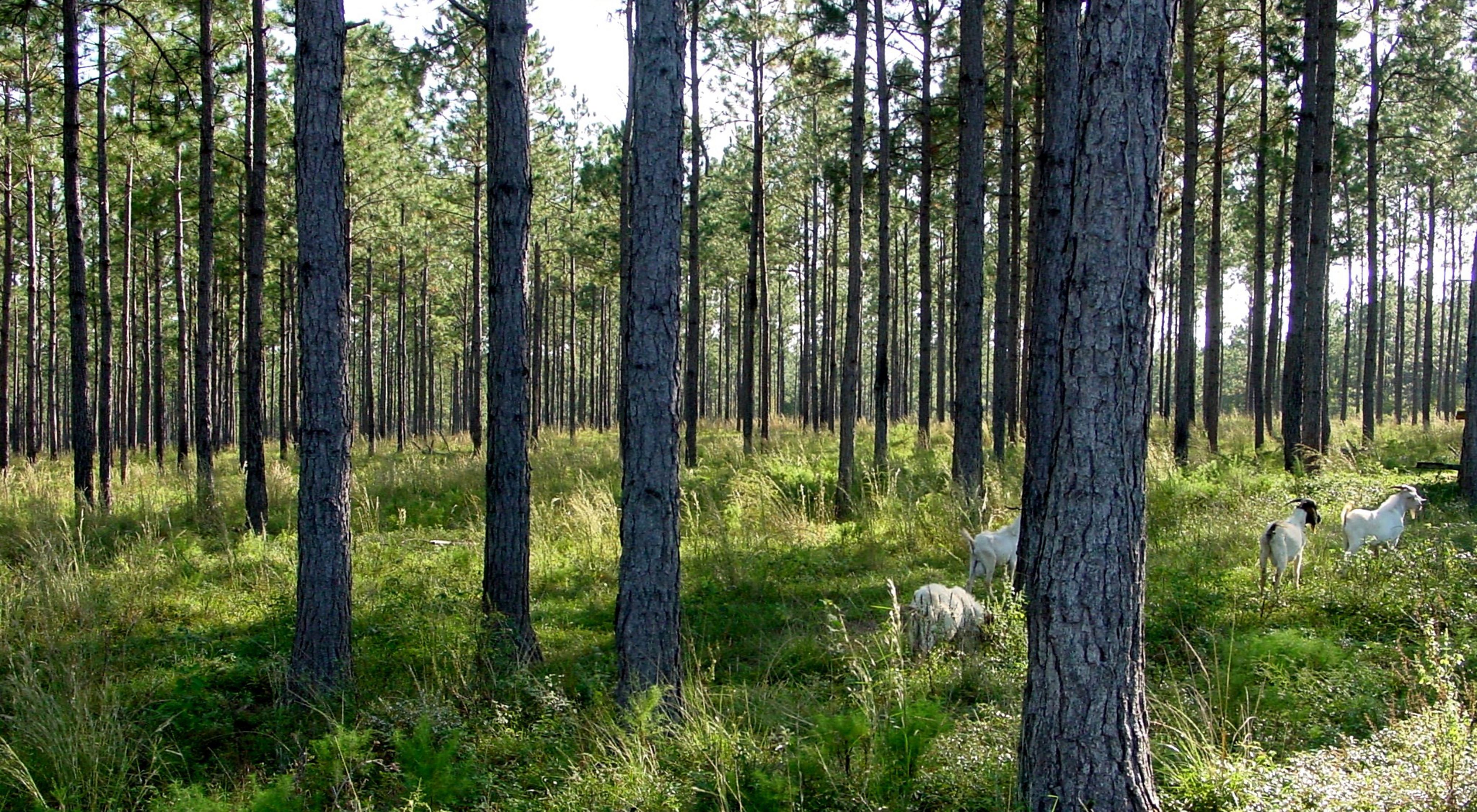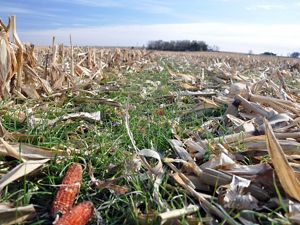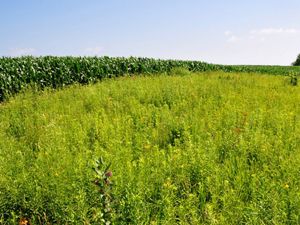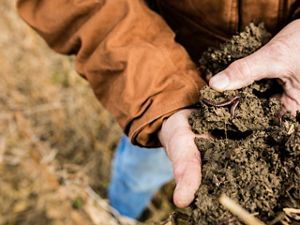$60 Million Federal Award to Advance Agroforestry as a Profitable, Climate-Smart Solution for Farmers in 29 States
USDA funds aimed at helping farmers sequester more carbon, improve water quality, enhance biodiversity, and boost profitability through agroforestry
Media Contacts
-
Christine Griffiths
The Nature Conservancy
Phone: 912-222-3297
Email: cgriffiths@tnc.org
Today the U.S. Department of Agriculture announced a $60 million award to The Nature Conservancy and multiple partners to fund a 5-year project to advance agroforestry in 29 states, including Hawai'i. The project is one of 70 awards that the USDA is funding through the Climate-Smart Agriculture and Forestry Partnership Initiative. Fewer than 20% of submitted projects were funded.
Partners in the Expanding Agroforestry Production & Markets for Producer Profitability and Climate Stabilization project include Propagate, Savanna Institute, Virginia Tech University, University of Missouri - The Center for Agroforestry, Hawaiʻi ‘Ulu Cooperative, Tuskegee University, Cargill, Applegate, Danone, General Mills, Simple Mills, Walnut Level Capital, Agroforestry Partners, Handsome Brook Farms, Epic Institute, Appalachian Sustainable Development, New York Tree Crops Alliance, Trees for Graziers, Yard Stick PBC, University of Vermont, Climate Finance Solutions, Association of Temperate Agroforestry, Working Trees, and the University of Hawaiʻi at Manoa.
“We are grateful to U.S. Agriculture Secretary Tom Vilsack for this transformative investment by the USDA into the agroforestry industry,” said Audrey Epp Schmidt, director of strategic partnerships at Propagate. “This funding will catalyze significant private investments into the industry and increase farmers’ incomes while simultaneously expanding carbon sequestration, soil health, biodiversity, and water quality.”
Despite the benefits, agroforestry currently represents less than 1% of U.S. agriculture. Through regionalized technical assistance and farmer outreach efforts, this project will transform 30,000 acres into agroforestry systems over the next five years, thus building a foundation for scaling agroforestry nationally. Within 10 years, the model for this project could facilitate the adoption of climate-smart agroforestry practices such as alley cropping, silvopasture, and windbreaks on 10% of U.S. farmland.
Because agroforestry sequesters 2 to 5 tons of carbon per acre per year, the level of adoption expected from this project would generate carbon sequestration equivalent to 1-2.5% of 2020 U.S. emissions from all sources, according to Joe Fargione, science director for The Nature Conservancy’s North America Region. In the longer term, over approximately 20 years, the project could catalyze more than 80 million acres of high-density agroforestry, mitigating 3% to 6% of the country’s 2020 emissions.
Quote: Joe Fargione
Putting more trees in agricultural landscapes is a win for farmers and a win for nature.
“Climate change is the greatest environmental challenge of our time, and farmers are on the frontlines,” said Fargione. “Putting more trees in agricultural landscapes is a win for farmers and a win for nature. It reduces greenhouse gas emissions by storing more carbon in the soil, and it helps farmers’ bottom line by creating an expanded revenue stream.”
To increase access to capital, this innovative project will provide $40 million in direct incentive payments to producers for tree planting, creating a national network of demonstration farms that will be used for education and outreach. The project will also catalyze new financial mechanisms and business models—such as leasing tree-planting rights to investors—which project partners expect will attract hundreds of millions of dollars of private and institutional investment in the next decade or two.
“To give more farmers access to this growing and profitable agroforestry market, the partners will advance this work on multiple fronts, simultaneously giving farmers incentives and access to capital and technical support to plant trees and growing the market for their products to ensure their long-term success,” said Epp Schmidt. “By increasing the demand for agroforestry commodities, this effort will cultivate new supply chains and develop markets for domestically produced climate-smart agroforestry commodities.”
By combining the necessary incentives, outreach, and education through a distribution network of the leading NGOs, businesses, and researchers in the agroforestry space, project partners will increase capital investments in tree planting, thus increasing the supply of agroforestry commodities. Climate-smart commodities from agroforestry systems include nuts, fruits, timber, and products grown amongst the trees like annual and perennial crops and livestock such as beef and chicken.
“The project is designed to create a longer lasting and broader impact that extends beyond the duration of this grant and to producers not directly enrolled in our program,” said Fargione.
The Nature Conservancy is a global conservation organization dedicated to conserving the lands and waters on which all life depends. Guided by science, we create innovative, on-the-ground solutions to our world’s toughest challenges so that nature and people can thrive together. We are tackling climate change, conserving lands, waters and oceans at an unprecedented scale, providing food and water sustainably and helping make cities more sustainable. Working in more than 70 countries and territories, we use a collaborative approach that engages local communities, governments, the private sector, and other partners. To learn more, visit nature.org or follow @nature_press on Twitter.



